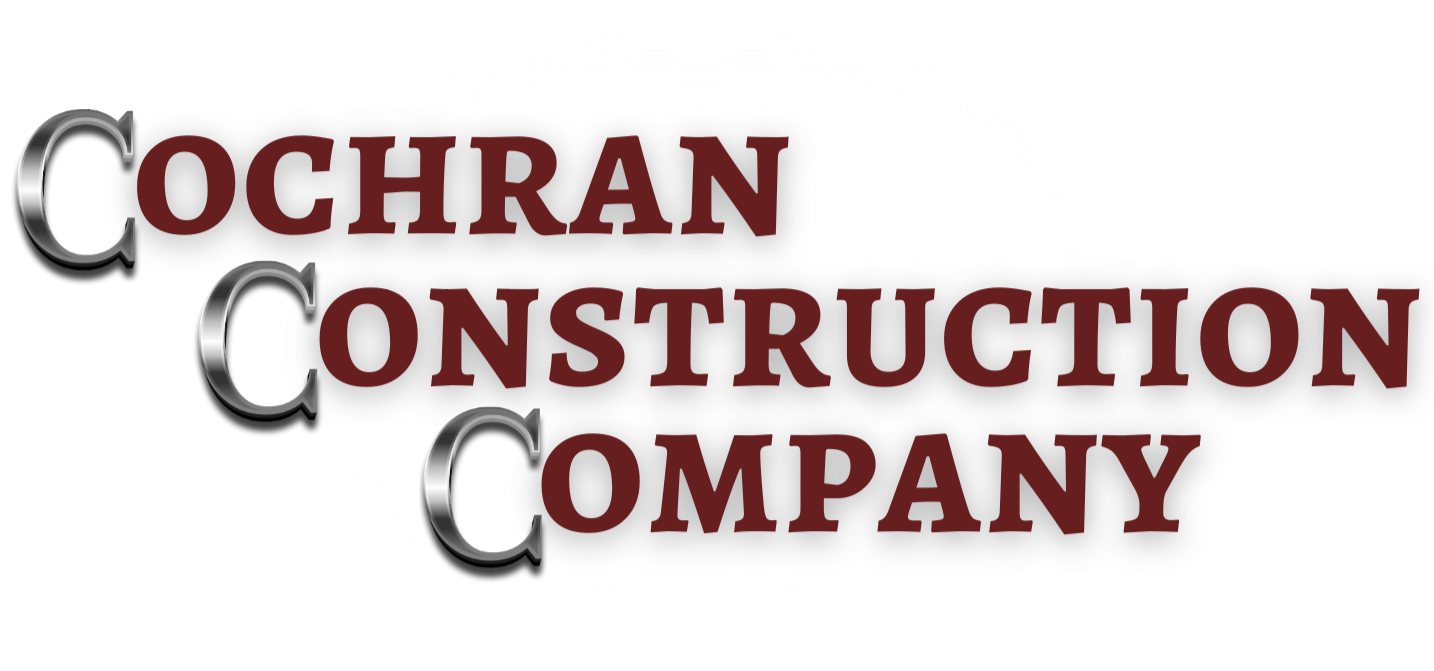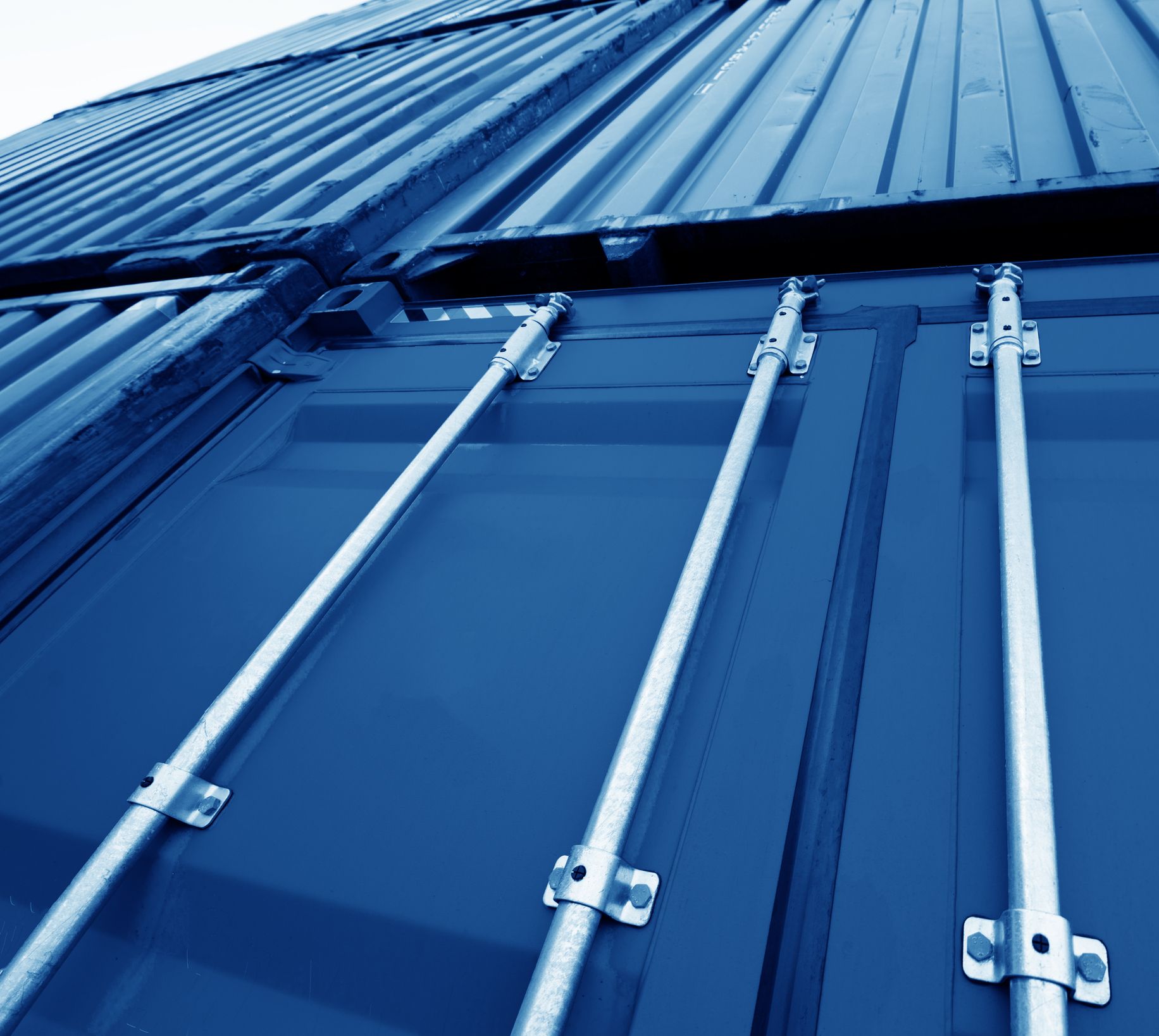Tips for Outfitting a Steel Building With an HVAC System
The unique construction of steel buildings raises some particular considerations when you install a heating system in this type of building. If you have a new steel building, here are some tips on how to outfit it properly with a capable heating system.
Expect to Use a Larger HVAC System
You'll need a larger furnace for a steel building than you would for a comparably sized commercial or industrial building that's made from stick-and-frame construction. There are a couple of reasons why.
First, steel is inherently less insulating than the wood that stick-and-frame construction uses. This results in a loss of insulating capabilities along exterior walls, and the difference is significant. A steel wall offers 60 percent less insulationthan a wood wall does.
To compensate for the increased heat loss that a steel wall allows, you'll need a furnace that's capable of producing more heat. You don't necessarily need a 60-percent stronger furnace, as you can take other steps to mitigate steel's lack of insulation. A somewhat stronger furnace, however, will help a lot.
Second, steel buildings usually have large and open spaces. There's a lot of air in these spaces, and it will take a strong system to move the air through a room. Without a large system that can move a lot of air, the air that a furnace heats up won't circulate through the big space of this type of building.
A larger heating system will cost increase your building's HVAC costs, but this consideration shouldn't prevent you from building with steel. Commercial HVAC systems start at just a few thousand dollars, a relatively small sum compared to the full amount that a commercial building can cost.
Consider a Heavier Gauge Steel
If you're building a brand-new steel building, you have the option to choose what gauge steel the building is made of. Gauge refers to the thickness of steel, and there are industry standards that stipulate how thick each gauge is. The higher the gauge is, the thinner the steel is.
In the steel building construction industry, contractors may use 28-gauge or 26- gaugesteel for buildings. The former has an average thickness of 0.0157 inches, while the latter averages 0.0217 inches thick. A difference of 0.0060 inches might not seem like a lot, but that's a 38.2 percent increase in average thickness.
To ease the load on your building's furnace a little, upgrade to a 26-gauge building rather than a 28- gauge one. The additional investment in your building will pay dividends for the life span of the building, as the slight increase in thickness will improve the insulation that steel does offer. This won't address all the heating considerations that come with a steel building, but it will help.
Invest in High-Grade Insulation
Insulation can greatly improve how well your steel building retains heat, for the insulation that you would use is much better at retaining heat than steel on its own does.
Moreover, the way steel walls are constructed makes this an especially easy strategy to implement. Whereas insulation installers must work around studs and between layers of sheetrock in a framed building, they can simply put the insulation directly against a flat steel wall in a steel building.
As you consider what type of insulation to use in your steel building, there are many options to choose from. Insulated panels, however, are an especially good high-grade choice. They're effective at preventing heat loss, eliminate the need for other kinds of insulation, are easy to install, and have a clean appearance because there's a metal panel on either side of them.
If you want to build a steel building, contact Cochran Construction Company.


